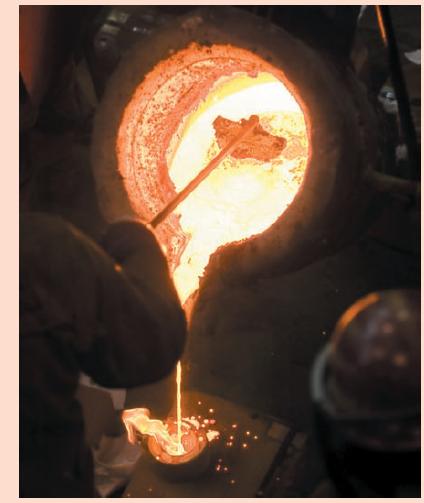Paul Belche uses a culinary metaphor to explain how he tries to coax the best qualities from
Question:
Paul Belche uses a culinary metaphor to explain how he tries to coax the best qualities from the mix of cultures at the steel plant he runs in western Germany, close to the borders with France and Luxembourg. ‘If you mix the yellow part of an egg with mustard and oil without being careful, you will produce something unexciting. But, if you pay correct attention to the details, you end up with the best mayonnaise,’ he says. He is explaining his approach to managing Dillinger Hütte, a global leader in specialist steels for applications such as oil pipelines. Mr Belche’s tactics for getting the best out of his employees provide wider lessons for managers of diverse workforces. The company aims to take advantage of the different cultural characteristics of Saarland – the German state where it is based that, over the centuries, has switched between French and German sovereignty. Of the 5,500 employees in Dillinger, about 10 per cent have French as their main language, and the rest German. Mr Belche, a 56-year-old physicist, is from Luxembourg. ‘The Germans are strong when it comes to practical work. The French are good at theory and we try to get the best of these two characteristics,’ he says. Mr Belche poses a question: ‘Who do you think would be better at plant safety – the German [speakers] or the French? You might think it would be the Germans. But actually it’s the French – they realise they are possibly behind in this field and so they work at it. Sometimes weakness can be a strength – as long as it’s recognised.’
His approach, he says, is to put teams of people from the different cultures together and encourage them to learn from each other. The factory follows the French approach to dining, with a siren announcing the end of the lunchtime break at 3pm, an hour later than is normal at other German steelworks. ‘This is to give us time for a decent lunch,’ says Mr Belche. When it comes to sales and technology, he says, the aim is to link the practical aspects of steelmaking and its applications, which he considers more German, and the theoretical, which he considers more French. This mixing of the practical and theoretical must be linked to a single aim: making good products that will do a better job of solving customers’ problems, Mr Belche says.
He sums up his philosophy: ‘The biggest costs are the ones that the accountant will miss. They come from the products that you never developed or the prices [of specific types of steel] that you never reached because you weren’t good enough at selling them.’ In the tough business of making money out of steelmaking, it helps if companies can offer something special. In the effort to make this happen, the mix of cultures at Dillinger provides a soufflé of experiences, Mr Belche believes, that gives it a decent chance of success even in the current uncertain climate.
Discussion questions
1. Analyse the organisational behaviour elements of this article using the multidisciplinary framework illustrated in Figure 1.3. What evidence can you find about factors relevant to each of the five areas?
2. In the light of ideas put forward by Hofstede, Trompenaars and Hall, what do you think are the advantages of having a culturally diverse workforce like this? What particular challenges do you think it poses for managers?
Step by Step Answer:

Management And Organisational Behaviour
ISBN: 9780273728610
9th Edition
Authors: Laurie J. Mullins, Gill Christy





